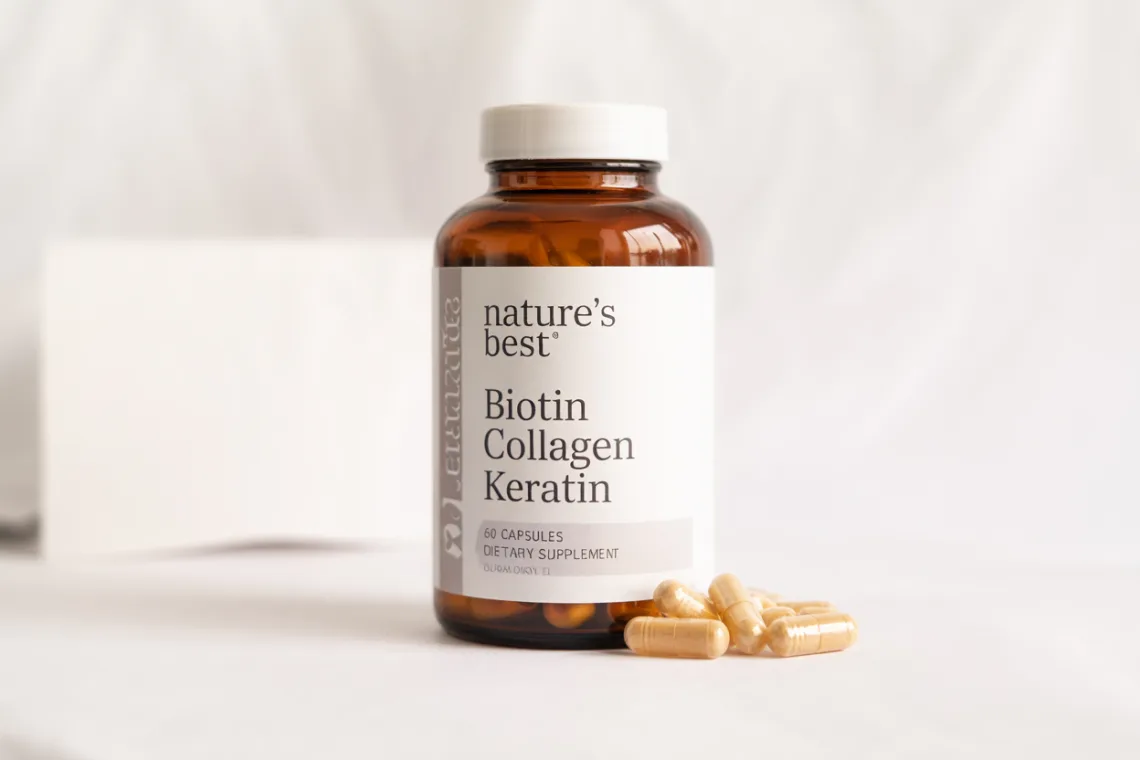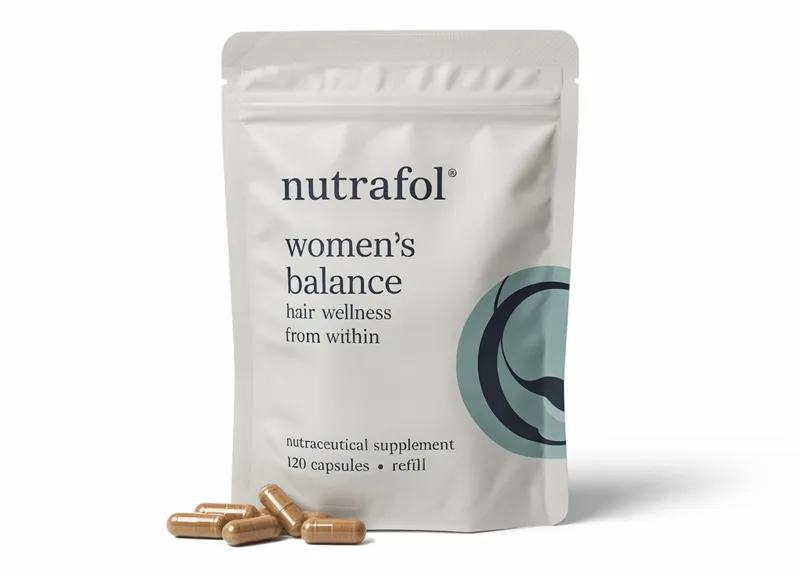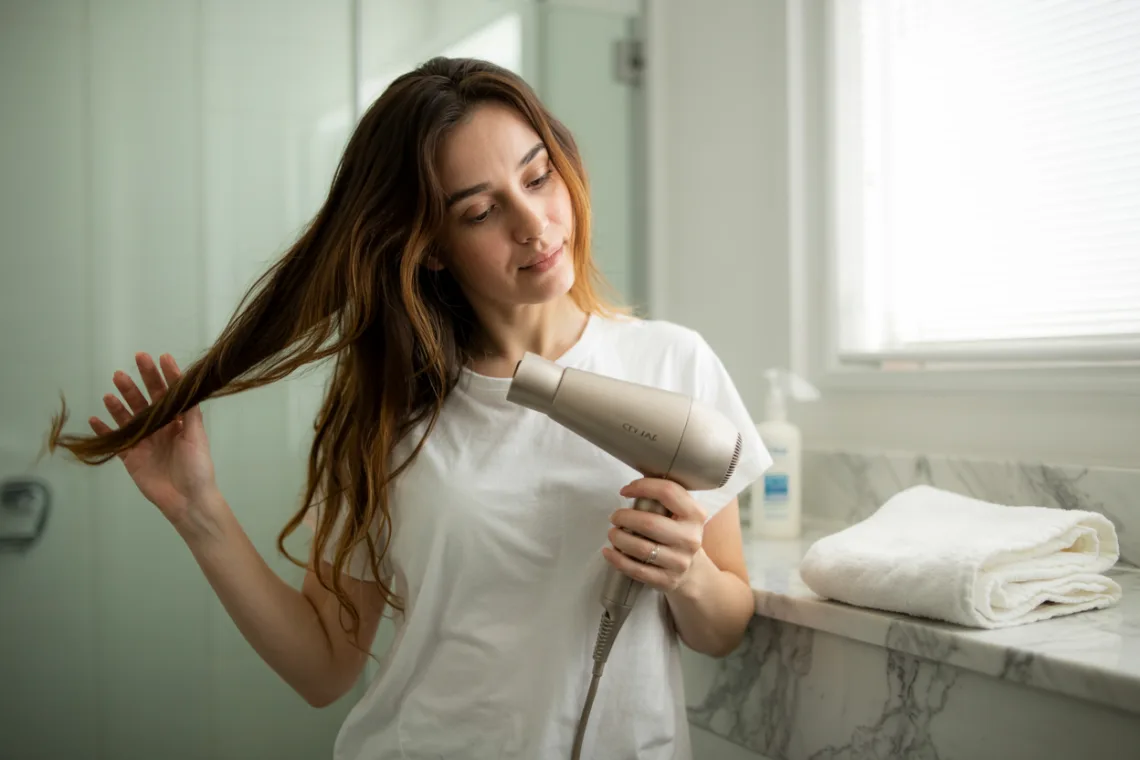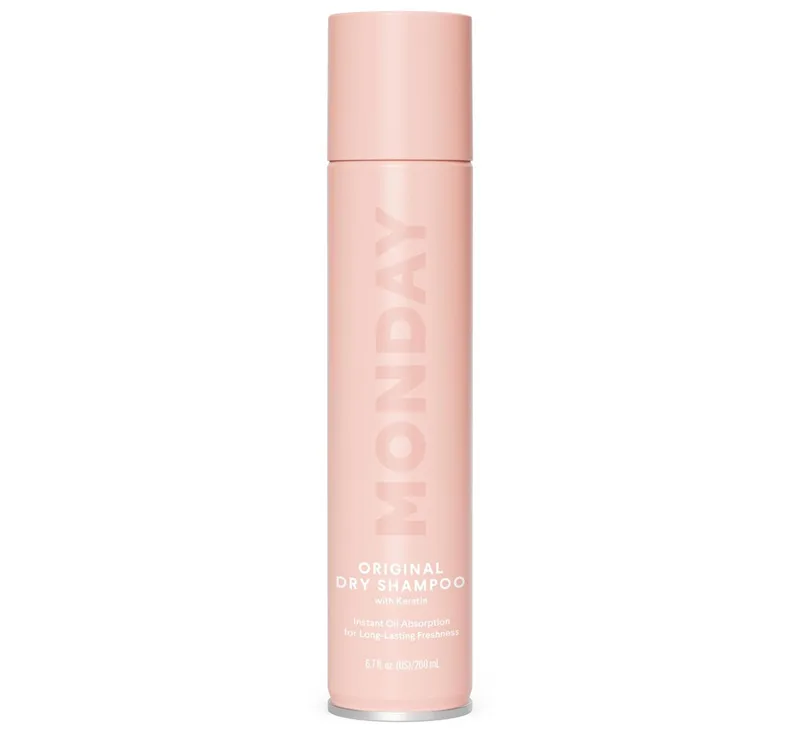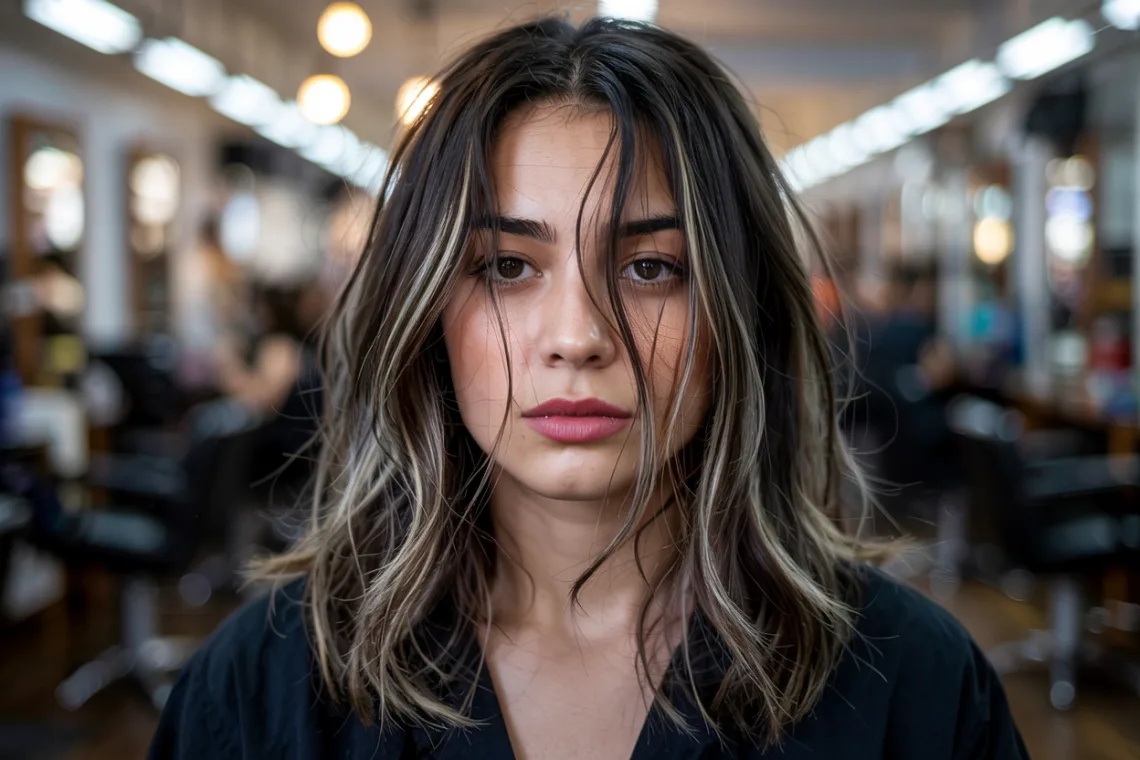Ever wondered why some people seem blessed with commercial-worthy hair while yours struggles through bad hair day after bad hair day? The secret might be hidden in three powerhouse compounds that are revolutionizing hair care from the inside out. Let’s dive into the fascinating science behind how biotin, collagen, and keratin can dramatically transform your locks. Biotin: The Cellular Architect of Amazing Hair Biotin (vitamin B7) doesn’t just support hair growth—it’s fundamentally essential for it. This water-soluble vitamin works at the cellular level, where it serves as a crucial cofactor for enzymes that synthesize fatty acids and metabolize amino acids—the…
-
-
“Why does my scalp itch so much, and how can I fix it?” – Brandon H., 33 Answer from Dr. Maya Patel, Scalp Health Specialist: Scalp itching stems from multiple potential causes, including dryness, product buildup, fungal overgrowth (like dandruff), or inflammatory conditions such as seborrheic dermatitis or psoriasis. Less commonly, allergic reactions to hair products or environmental factors might be responsible. Before treating, identifying the underlying cause is crucial—look for accompanying symptoms like flaking, redness, or bumps to help narrow down possibilities. For immediate relief, try an exfoliating scalp treatment with salicylic acid to remove buildup, followed by a…
-
“How can I get my hair to grow faster?” – Elena M., 27 Answer from Dr. Jonathan Grant, Hair Growth Researcher: Hair typically grows about half an inch per month, and while you can’t dramatically accelerate this genetically determined rate, you can optimize conditions for maximum growth potential. Growth occurs in the follicle beneath the scalp surface, so focusing on scalp health and circulation is paramount. Regular scalp massages (2-5 minutes daily) have been shown in studies to increase hair thickness by stretching follicle cells and stimulating blood flow that delivers nutrients to the growth zone. Nutritionally, hair growth requires…
-
“Is it better to air-dry or blow-dry hair?” – Devon T., 29 Answer from Natasha Wong, Holistic Hair Therapist: Both drying methods have advantages and potential drawbacks, making this less of an either/or question and more about technique and circumstance. Air-drying conserves the hair’s internal moisture and eliminates heat damage risk. However, keeping hair wet for extended periods can cause swelling of the hair shaft and cuticle, potentially leading to weakened strands over time. This is particularly true for fine or already damaged hair. Careful blow-drying, when done correctly, can actually be less damaging than prolonged air-drying for some hair…
-
“How can I maintain my hair color longer between salon visits?” – Olivia P., 35 Answer from Carlos Rivera, Color Specialist: Color fading happens primarily through water exposure—each wash removes a small amount of dye molecules, particularly from the cuticle’s outer layers. Extend your color’s vibrancy by waiting 48-72 hours after coloring before washing, as this allows dye molecules to fully set. Then transition to washing with lukewarm water (hot water accelerates fading) using sulfate-free, color-safe products that clean without harshly stripping the hair. UV protection is often overlooked but critically important for color preservation. Sun exposure can break down…
-
“What causes sudden hair loss and how can I stop it?” – Michael P., 38 Answer from Dr. Leila Ahmed, Dermatologist: Sudden hair shedding (telogen effluvium) is often triggered by physical or emotional stress, which forces many hair follicles into their resting phase simultaneously. Common causes include hormonal changes, nutritional deficiencies, medications, illness, or major life events. The good news is that this type of hair loss is usually temporary, with recovery beginning 3-6 months after addressing the underlying cause. The first step is consulting with a healthcare provider to identify and treat any medical contributors. Nutritionally, ensure adequate protein,…
-
“Is it possible to repair damaged hair, or do I have to cut it off?” – Jasmine L., 22 Answer from Antoine Wilson, Hair Restoration Specialist: True repair of severely damaged hair structure is unfortunately limited, as hair is essentially dead protein fiber once it emerges from the follicle. However, significant improvement in appearance and manageability is absolutely possible through proper treatments. Protein treatments can temporarily fill gaps in the damaged cuticle, while bond-building products (like those containing bis-aminopropyl diglycol dimaleate) can help reconnect broken disulfide bonds within the hair. Before resorting to cutting, try a progressive treatment approach. Begin…
-
“How can I add volume to my fine, flat hair?” – Danielle K., 41 Answer from Marcus Bell, Celebrity Hairstylist: Volume begins at the root, so your washing and styling techniques are crucial. When shampooing, focus on thoroughly cleansing the scalp to remove oils and product residue that can weigh hair down. Choose lightweight, volumizing formulas that don’t contain heavy moisturizers or silicones—these ingredients benefit thicker hair types but can flatten fine strands. The way you dry your hair makes a significant difference as well. Try flipping your head upside down while blow-drying to lift roots, and use a round…
-
“Is it bad to use dry shampoo frequently?” – Taylor M., 25 Answer from Rafael Domingo, Hair Care Formulator: Dry shampoo can be a fantastic styling aid and time-saver, but it’s designed to complement—not replace—regular washing. These products work by absorbing excess oil rather than cleaning the scalp. With continued use without proper cleansing, you risk product buildup that can clog hair follicles and potentially lead to inflammation or folliculitis. For healthier use, apply dry shampoo strategically rather than all over, and brush thoroughly afterward to distribute the product. Choose formulas without heavy alcohols or butane that can be drying.…
-
“What’s the best way to prevent split ends?” – Jackson R., 28 Answer from Sophia Chen, Master Stylist: Split ends occur when the protective outer layer of your hair (cuticle) becomes damaged, allowing the inner structure to fray. Regular trims every 6-8 weeks are essential because once a split occurs, it can travel up the hair shaft causing more damage. Between cuts, using protective products with ingredients like protein and silicones can temporarily seal ends. Prevention is your best strategy. Minimize heat styling, and when you do use hot tools, always apply a heat protectant first. Avoid rough towel-drying by…
